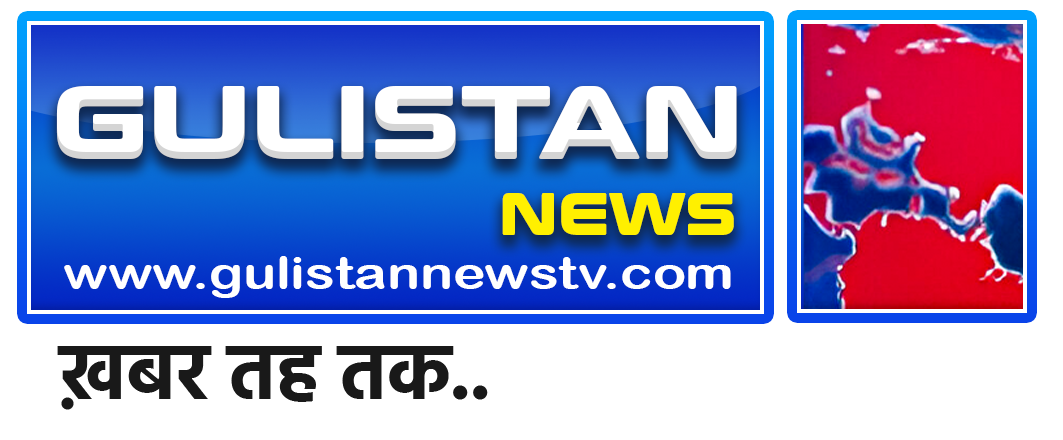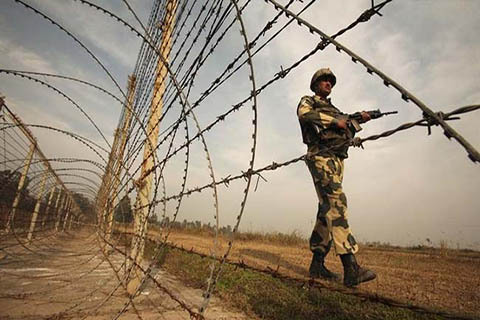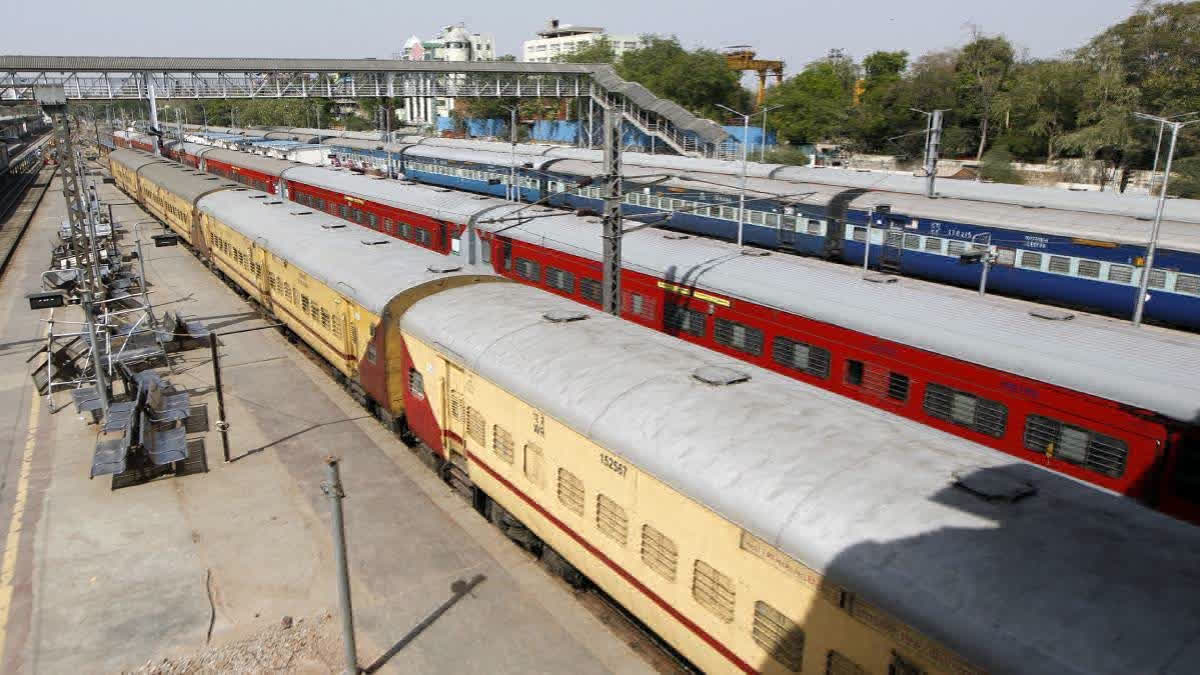The Geological Survey of India (GSI) has established “inferred” lithium resources of 5.9 million tonnes in Salal-Haimana area of Reasi District of Jammu and Kashmir. These resources have been established as part of the “Reasi Sersandu-Kherikot-Rahotkot-Darabi” mineral block, where prospecting has been ongoing since 2021-22.
Under the United Nations Framework for Classification for Reserves and Resources of Solid Fuels and Mineral Commodities (UNFC 1997), the stage of prospecting is categorized as ‘G4’ when it entails reconnaissance surveys — a fairly advanced stage of prospecting.
The finds in this case are learnt to include bauxite (the ore for aluminum) and rare earth elements, alongside lithium.
There are two caveats with the latest lithium find: first, the new find is categorized as “inferred” — one of three categories that mineral resources are subdivided into, in order of increasing geological confidence. The “inferred” mineral resource is the part of a resource for which quantity, grade and mineral content are estimated only with a low level of confidence based on information gathered from locations such as outcrops, trenches, pits, workings and drill holes that may be of limited or uncertain quality, and also of lower reliability from geological evidence.
Second, the lithium find in J&K, in inferred terms, is also comparatively small, considering that proven reserves in Bolivia are 21 million tonnes, 17 million tonnes in Argentina, 6.3 million tonnes in Australia, and 4.5 million tonnes in China.
The country currently imports all its lithium needs. The domestic exploration push, which also includes exploratory work to extract lithium from the brine pools of Rajasthan and Gujarat and the mica belts of Odisha and Chhattisgarh, comes at a time when India has stepped up its economic offensive against China — a major source of lithium-ion energy storage products being imported into the country.
Currently, India is almost entirely dependent on import of these cells and the move to ink sourcing pacts for lithium is seen as another salvo in the front against imports from China, the major source of both the raw material and cells. India is seen as a late mover as it attempts to enter the lithium value chain, coming at a time when EVs are predicted to be a sector ripe for disruption. And 2023 is likely to be an inflection point for battery technology, with several potential improvements to the Li-ion technology.
Over 165 crore lithium batteries are estimated to have been imported into India between FY17 and FY20 at an estimated import bill of upwards of $3.3 billion.
Speaking at the 62nd Central Geological Programming Board (CGPB) meeting on February 9, Secretary, Union Ministry of Mines, Vivek Bharadwaj said the GSI has found lithium reserves in Jammu and Kashmir for the first time and that it has established lithium inferred resources in Salal-Haimana area of Reasi district of J&K.
This report, along with 15 other resource-bearing geological reports and 35 geological memorandums, were handed over to respective state governments during the CGPB meeting. Of these 51 mineral blocks, five blocks pertain to gold, and other blocks are of commodities like potash, molybdenum, base metals spread over 11 states and Union Territories including J&K, Andhra Pradesh, Chhattisgarh, Gujarat, Jharkhand, Karnataka, Madhya Pradesh, Odisha, Rajasthan, Tamil Nadu and Telangana. The blocks were prepared based on the work carried out by GSI from field seasons 2018-19 until February 2023.
According to the Ministry of Mines’ approved annual Field Season programme (prospecting plan), the GSI takes up different stages of mineral exploration — reconnaissance surveys (G4), preliminary exploration (G3), and general exploration (G2) as per the guidelines of UNFC and the Minerals (Evidence of Mineral Contents) Amendment Rules, 2021 (Amended MMDR Act 2021) for augmenting mineral resource for various mineral commodities, including lithium.
During the last five years, the GSI has carried out 14 projects on lithium and associated elements, of which five projects on lithium and associated minerals were taken up in 2021-22.









